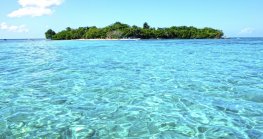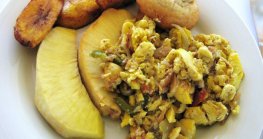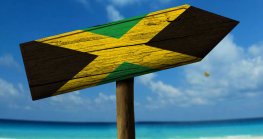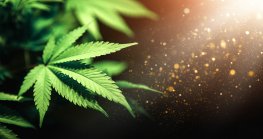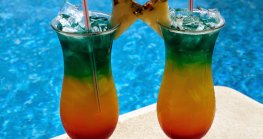Which month has the best weather conditions in Jamaica?
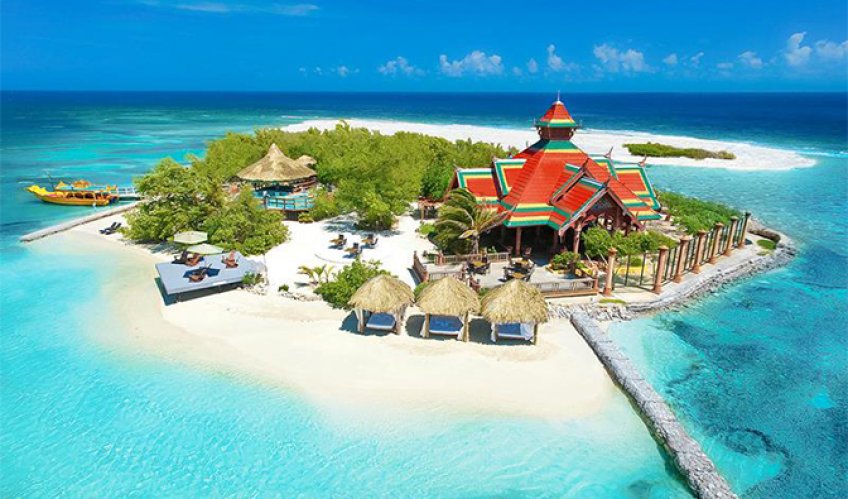
Maybe you haven't noticed but there are actually dates on your calendar that are more important than your birthday and your wedding anniversary. Which dates?
The dates you've earmarked for your vacation in Jamaica have consumed your mind for some time, especially if you have a large family and each member has a specific school or work schedule.
Trying to decide on the best dates can get tricky because the time of year you choose to vacay in Jamaica can influence how much you pay, what you do, who you spend it with, and for how long.
To narrow down your decision, first, decide your preferred weather.
Here's a quick rundown of the weather conditions in Jamaica each month.
January
January is probably the coldest month to visit Jamaica, and it is also one of the busiest months.
Out of the Atlantic hurricane season, away from the rainy season, Jamaica in January enjoys much cooler temperatures compared to the other months, while still being very warm indeed.
Visitors will come in contact with temperatures of around 25°C, making getting around Jamaica a bit easier. Temperatures can reach as high as 28°C before dropping to a comfortable 21°C at sunset.
While it's a possibility that you will get rain in January, downpours are usually short-lived.
February
February is technically still classified as winter, but a very warm winter. Indeed, February is always one of Jamaica’s busier months for those seeking winter sun and relaxation.
Visitors to Jamaica experience temperatures at an average low of 25°C and highs of 28°C.
You might still experience a little rain. However, you won't get long showers of it with an average of 30 millimeters of rainfall during February.
The sun still shines brightly throughout the day, and the Caribbean Sea is blindingly glistening.
March
In March, spring has officially started in Jamaica and temperatures begin to get a bit warmer than in January and February.
However, temperatures overall don't change drastically, and Jamaica does not experience the traditional seasons as North America does.
Still in the dry season, however, average temperatures in March are a comfortable 26°C, and a high of 29°C, and at sunset it's as low as 22°C.

April
April's temperature is very similar to March’s temperature.
April is mild but expects to get a little more rain as Jamaica is starting to enter the wet season. You can expect temperatures to be a lovely 26°C average during daytime and highs of about 29°C.
The season is a colorful and fun time to visit Jamaica, and you will find plenty of fun events and entertainment throughout the entire island.
May
May is the final month before the beginning of hurricane season and summer in Jamaica and sees temperatures rising and the wet season getting closer.
Visitors to the island during this time may start to see a bit more precipitation, but any rain you experience is expected to be short-lived, although it can be very heavy at times.
The average May temperature in Jamaica is right around the 27°C mark, with highs averaging a very warm 30°C, before dropping to 23°C after sunset.
Jamaica can be extremely humid around this time, especially if it rained.
June
June in Jamaica sees the sun hot up, getting ready for Jamaica’s hottest month - July.
The rainy season is in full effect, with precipitation levels averaging around 80 millimeters, meaning at least 11 rainy days in June.
However, the temperature more than makes up for the rain, with temperatures averaging 28°C and a high of 31°C during the daytime.
The evenings can get sticky this time of year, with humidity again being a problem, so AC is a must-have in your rooms.
Despite the rising temperatures, the aqua-green Caribbean sea is very pleasant at a temperature of around 28°C during June, so you can quickly cool off at any of Jamaica’s lovely beaches.
July
July is the hottest month in Jamaica, and the beaches and pools are packed with tourists and locals at this time.
Heat and humidity are both factors so if you don't deal well with either, this is probably not the best time for you to visit.
July temperatures in Jamaica sit at about 29°C, reaching highs of an average of 33°C and sometimes even higher.
The temperature doesn't change that much in the evening either with temperatures being at an average low of 24°C.
More heat means more sun, and in July the sun is out for about 11 hours every day. But still expect the occasional rain now and then.
Any rain is welcomed to help cool down the temperatures.

August
August is the final month of summer in Jamaica and it is just as hot as July, with temperatures reaching 29°C, with highs of 33°C.
The afternoon breezes blowing off the Caribbean Sea can be lovely indeed, especially after the rain, with an average precipitation of 80 millimeters, or 12 days' rain throughout the month.
You will probably welcome some rain!
August in Jamaica is a good time to enjoy some water sports activities like swimming, scuba diving, snorkeling, and sunbathing is usually popular around this time.
September
September in Jamaica is typically classified as autumn.
However, the temperatures in September only fall by about 1 degrees from the summer heat.
Rain can be a problem, with precipitation levels sitting at 110 millimeters or 14 days with at least a little rainfall.
The average temperature is relatively warm at 28°C, with the temperature reaching a high of 31°C — only a couple of degrees less than in July.
Despite the rain, there is still plenty of sunshine for a massive 10 hours per day, and the Caribbean weather still tends to be pretty warm, averaging 29°C.
If you fancy refreshment, try one of Jamaica’s many falls or streams.
October
October is the wettest month in Jamaica, with an average precipitation of 130 millimeters throughout the month or 15 days of seeing at least some sign of wet.
This can be a torrential downpour that lasts for a few minutes, or it can be continuous rain for hours.
However, it generally leaves blue, sunny skies behind; therefore it won't dampen your vacation spirits if you're planning on visiting Jamaica at this time of year.
Coming toward the end of the Atlantic Hurricane season, it is likely that you face hurricane threats, but it is unlikely that this will cause any significant damage.
November
November is the end of autumn and winter returns in Jamaica, although this is the start of Jamaica’s busiest time of the year with tourists flocking to the shores of Jamaica to escape the typical winter chill in other countries.
Despite the so-called winter on the island, November still reaches temperatures of an average 26°C, with a high of 29°C.
It is much more comfortable to sleep at night, as the evening temperatures are at about 21°C.
The rain tends to disappear a bit with precipitation levels being at 100 millimeters, with 12 days of seeing at least a little rain.
It is the perfect time to relax and kick back at the beach and enjoy the Caribbean breezes.
December
December in Jamaica brings a lovely mix of the warm sun with cool Caribbean breezes, a common time to visit Jamaica for the festive season, certainly away from the snow!
Temperatures linger at around 24°C and highs of 27°C, so you can see why many people plan to visit Jamaica during the Christmas period.
Rainfalls almost entirely vanish with an average of 90 millimeters, or 10 days of seeing rain, and nine long hours of sun daily.
A winter swim is certainly possible, with the Caribbean Sea still at a warm 28°C in Jamaica.
Make sure you're booked for VIP Fast Track service before you land.
For more information visit the website or call (954) 837 6290 or (876) 619 1565.
Live chat is also available on our website.
Stay connected for Club Mobay & Club Kingston's daily updates and discount check
Facebook: @ClubMobay @ClubKingston
Instagram: @ClubMobay @Club_Kingston
Twitter: @ClubMobay @ClubKingstonVIP
© 2019 Jamaica Experiences All Rights Reserved





